Family Symbiidae Scientific name Symbion pandora Rank Species | Class Eucycliophora Genus Symbion Phylum Cycliophora Order Symbion | |
Similar Limnognathia, Syringammina fragilissima, Gnathifera, Entoprocta, Gnathostomulid | ||
Microanatomy and development of the dwarf male of symbion pandora phylum cycliophora new
Symbion pandora is a jug-shaped microscopic aquatic animal that dwells on the mouth-parts of Norway lobsters. The animals are less than ½ mm wide, with sac-like bodies, and three distinctly different forms in different parts of their three-stage life cycle.
Contents
- Microanatomy and development of the dwarf male of symbion pandora phylum cycliophora new
- Classification and naming
- Description
- Reproduction
- References
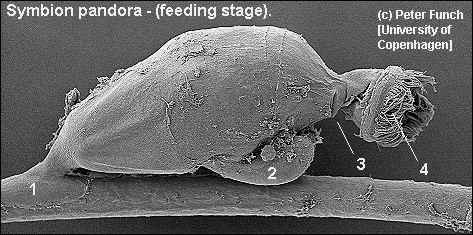
Classification and naming
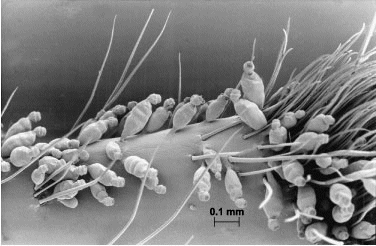
They are so unlike any known animal that its discovery by Danish scientists in 1995 led to the creation of a new phylum. The phylum Cycliophora, from the Greek for 'carrying a small wheel', was named after the creature's circular mouth. Two other members of that phylum have since been discovered.
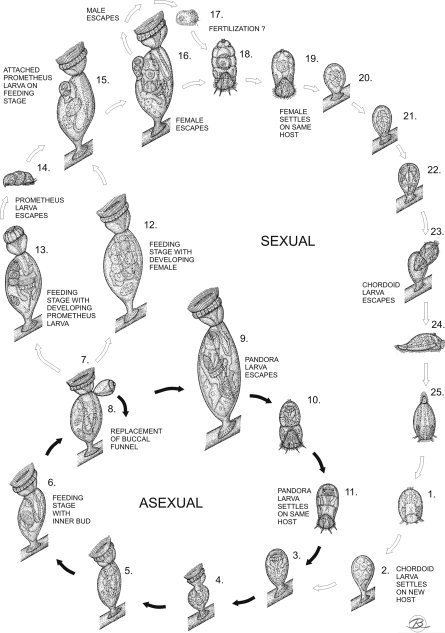
Symbion refers to the animal's symbiotic relationship with its lobster host while the specific epithet pandora refers to the part of the organism's life cycle that reminded Funch and Reinhardt of the mythical Pandora's box.
Description
Symbion pandora has a bilateral, sac-like body with no coelom. There are three basic life stages:
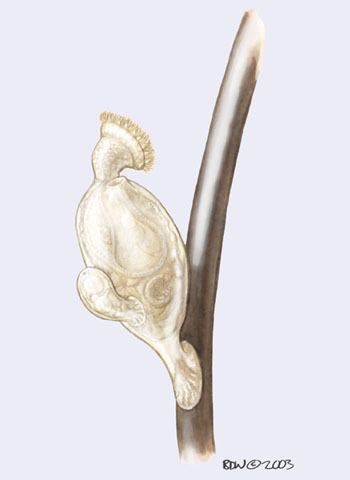
in this stage. It does, however, have a digestive system which collapses and reconstitutes itself as a larva.

Reproduction
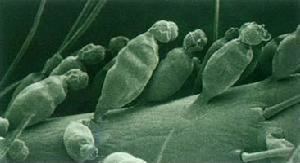
Symbion pandora can reproduce both asexually by budding and sexually. In sexual reproduction the male attaches to a feeding stage and impregnates a budding female. The female then separates from the feeding stage and attaches herself to another host, where the larva in her develops. The female dies, and the larva escapes. The sexual reproductive cycle is triggered when the host crustacean molts its skin in order to grow.
